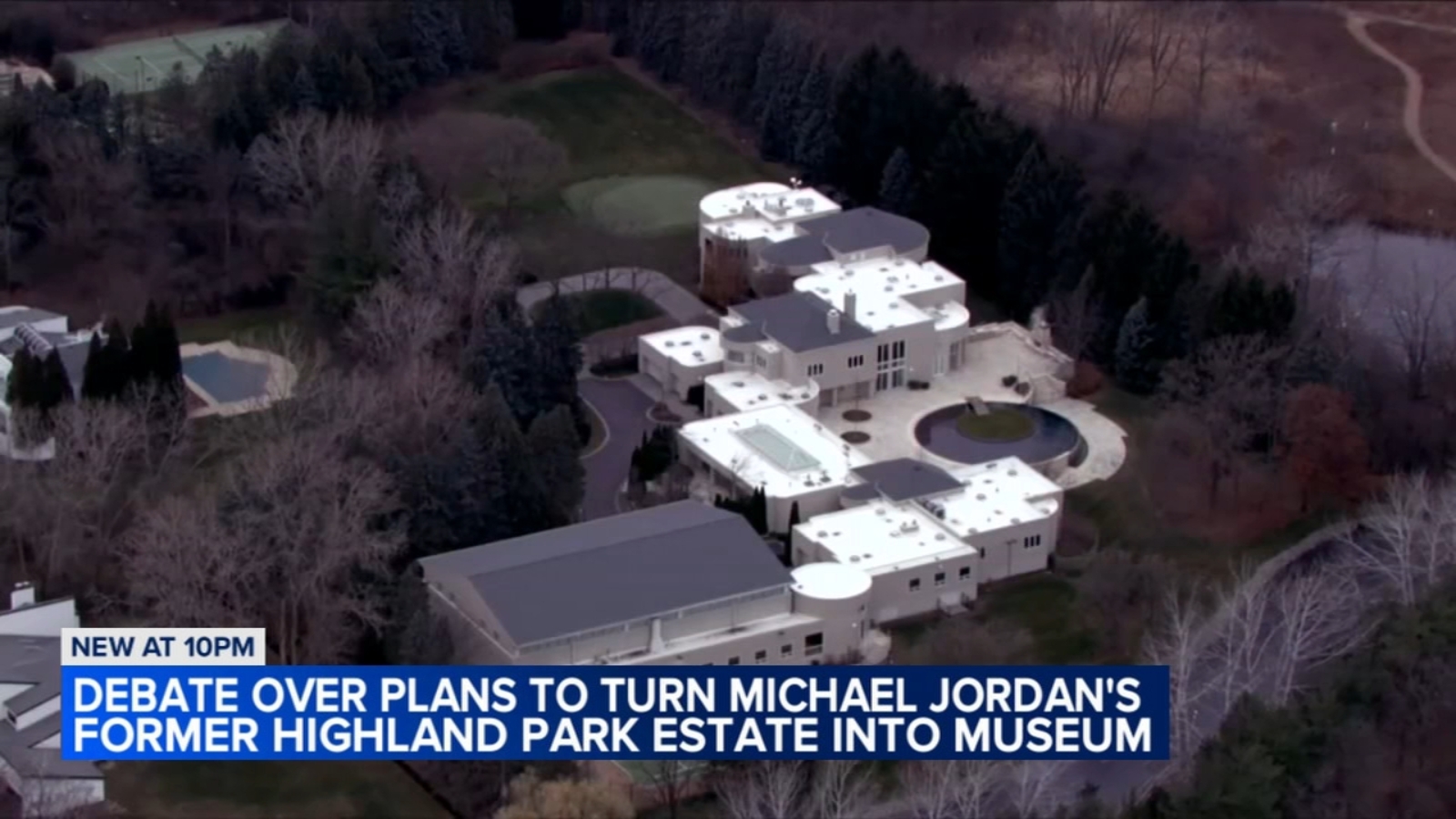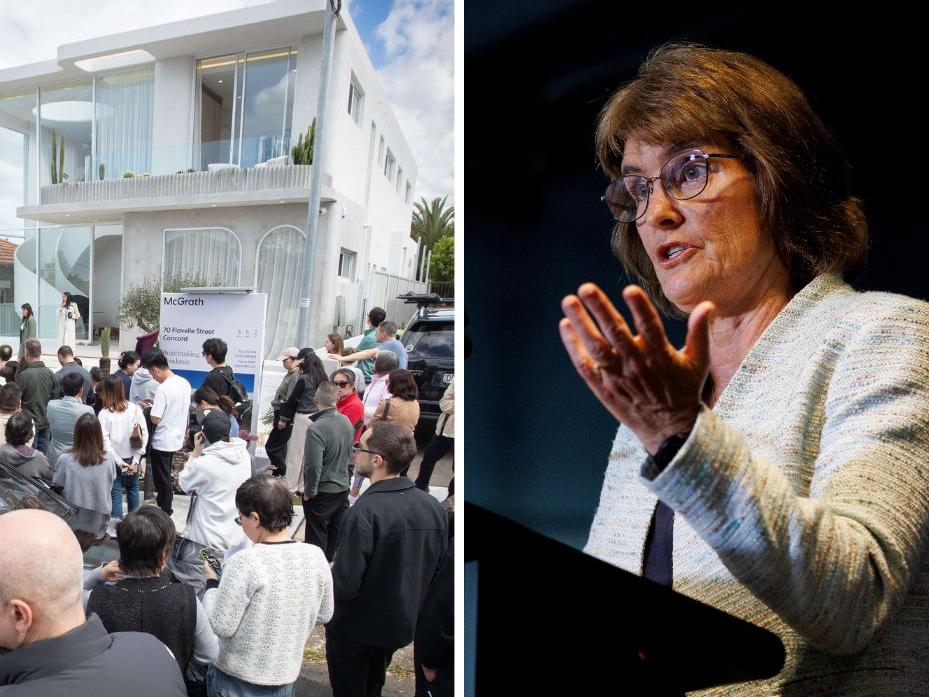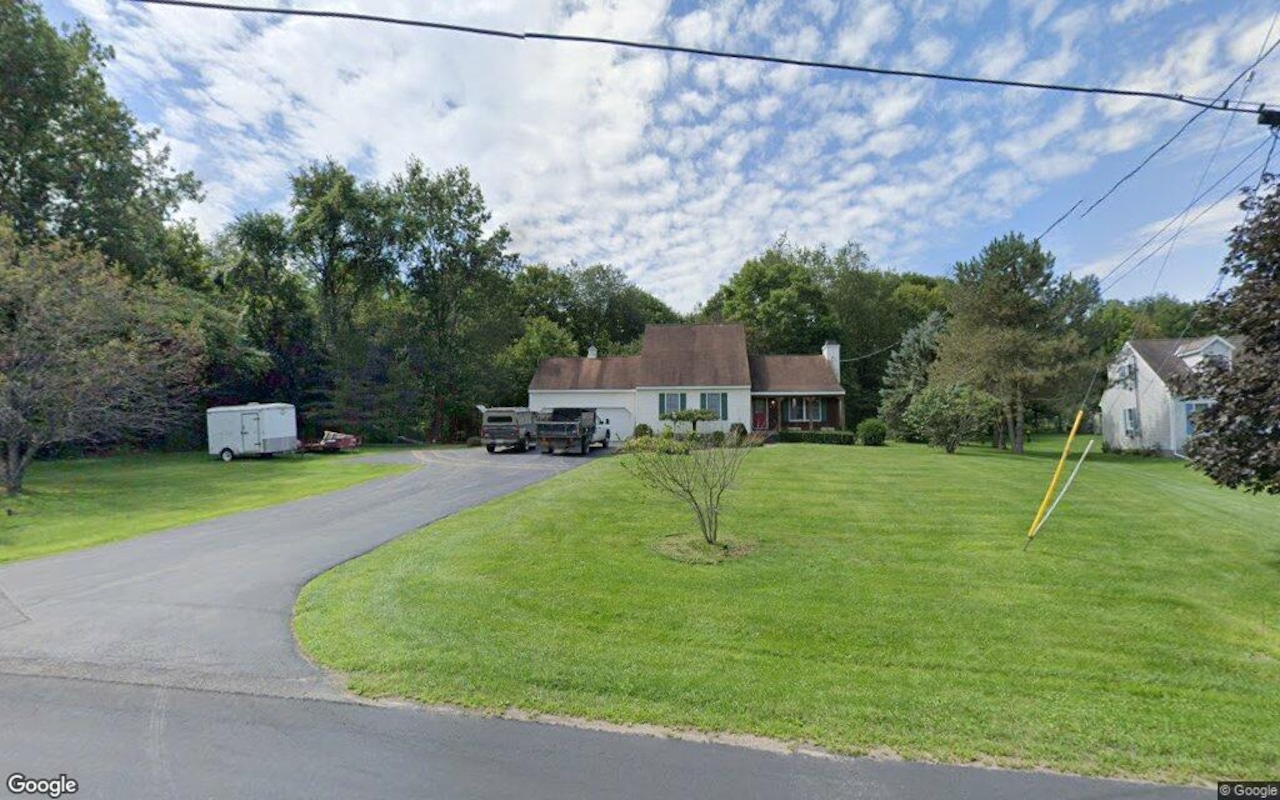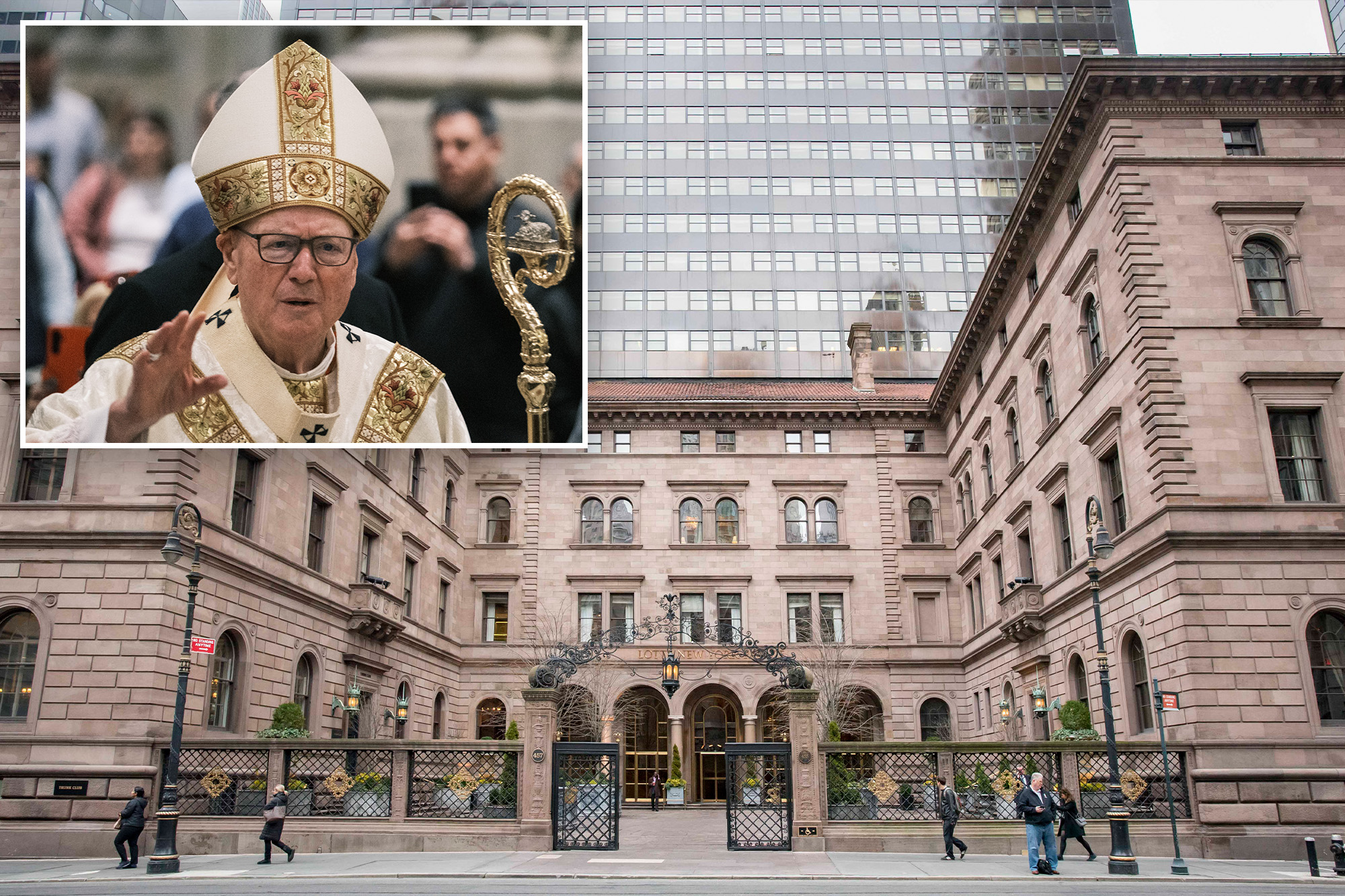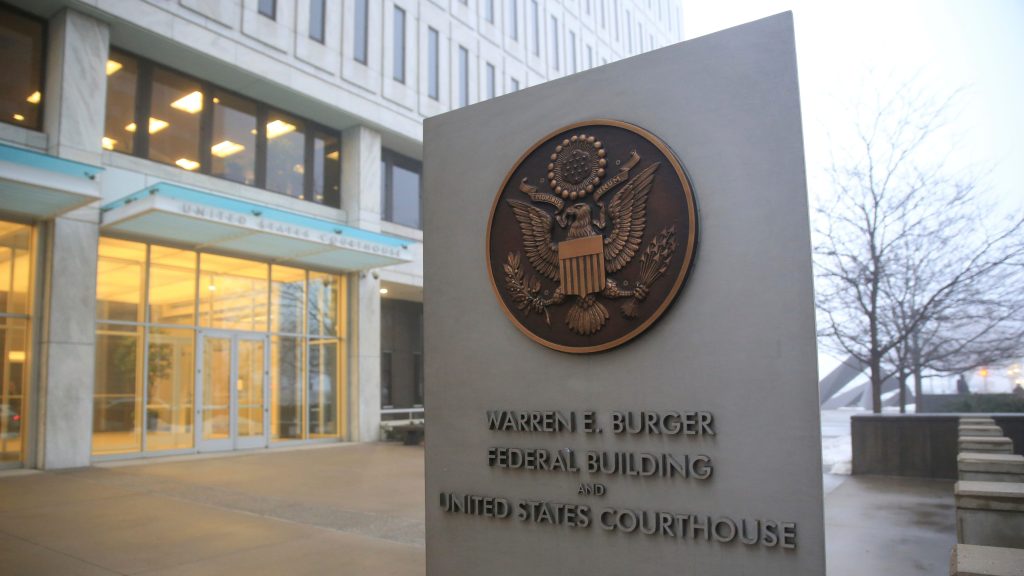C
limate Change Redraws the Map of American Prosperity
A groundbreaking study by First Street, "Property Prices in Peril," reveals a seismic shift in the US real estate market as climate change reshapes the nation's economic landscape. By 2055, a staggering $1.47 trillion reduction in unadjusted property values is projected, driven by escalating insurance costs and shifting consumer preferences.
The report's forward-looking analysis of the Housing Price Index (HPI) and localized Gross Domestic Product (GDP) impacts paints a stark picture: residential real estate, currently valued at $50 trillion, nearly doubles the country's GDP. Homeownership, a cornerstone of American success, is increasingly tied to climate risk awareness.
Historically, areas combining affordability with quality of life have experienced rapid growth. However, rising insurance costs and severe weather exposure are altering this calculus. The Sun Belt region, once a magnet for population migration, is now facing unprecedented disruptions due to climate change impacts.
Key findings from the study include:
* Insurance costs are skyrocketing faster than mortgage payments, with a 20% increase in insurance as a percentage of mortgage costs between 2013-2022.
* Climate-driven macroeconomic assessments reveal that rising premiums and changing consumer demand will reshape property values and economic vitality across American communities over the next three decades.
* Unrestricted risk-based insurance pricing would drive a 29.4% increase in average premiums by 2055, with concentrated premium spikes in coastal metros like Miami (322%), Jacksonville (226%), and Tampa (213%).
The report also highlights climate migration patterns, predicting that more than 55 million Americans will voluntarily relocate to areas less vulnerable to climate risks by 2055. This mass migration is expected to drive population redistribution, with five distinct neighborhood trajectories emerging: Climate Abandonment, Risky Growth, Tipping Point, Economic Decline, and Climate Resilient.
As the study concludes, economic vitality alone may not be enough to retain populations in areas facing severe climate impacts. By 2055, 70,026 neighborhoods (84% of all census tracts) may experience negative property value impacts from climate risk, totaling $1.47 trillion in net losses due to insurance pressures and shifting consumer demand.
"Climate change is no longer a theoretical concern; it's a measurable force reshaping real estate markets and regional economies," said Dr. Jeremy Porter, Head of Climate Implications Research at First Street. "Our findings underscore the urgent need for policymakers, businesses, and communities to adapt and innovate in the face of climate change."



